|
by Dottie Head, Director of Communications
On Tuesday, October 19, the Georgia Water Coalition released its Clean 13 report for 2021 highlighting individuals, businesses, industries, non-profit organizations, and governmental agencies whose extraordinary efforts have led to cleaner rivers, stronger communities and a more sustainable future for Georgians. Georgia Audubon and Southern Conservation Trust were recognized for a joint project at Sams Lake Bird Sanctuary, in Fayette County. Georgia Audubon removed aquatic invasive plant species, including parrot feather, fanwort, and hydrilla, that choke waterways and block oxygen and sunlight from entering the water. This, in turn, reduces native plant diversity and negatively affects foraging opportunities for aquatic insects, birds, and other wetland-dependent wildlife species. Georgia Audubon also removed invasive terrestrial plants, including privet, Bradford pear, and non-native honeysuckle and constructed a 12-foot Chimney Swift Tower to provide nesting and roosting habitat for these birds. The restoration work was funded through a grant from the U.S. Fish and Wildlife Service. “While Georgia Audubon’s primary focus is saving birds, it should come as no surprise that the organization, along with its partner, the Southern Conservation Trust (SCT), are being recognized for saving bugs. Birds, after all, depend on bugs. More accurately, Georgia Audubon is removing invasive plant species and planting native species at SCT’s Sams Lake Bird Sanctuary in Fayette County with the intent, among other things, of creating habitat for more insects,” the report states. “The project is a reminder of the interconnectedness and fragility of the natural order. Invasive plant species—both terrestrial and aquatic—impact habitat for the insects that form the base of the food chain on which birds and other wildlife depend. When completed, the restoration project will improve prospects for year-round feathered residents of Sams Lake as well as the millions of birds that migrate over Georgia each spring and fall.” Sams Lake Bird Sanctuary, is a 57.6-acre property located in Fayette County Georgia and managed by the Southern Conservation Trust. The property was donated to Southern Conservation Trust in 1995 by Ferrol Sams, author of the Run with the Horseman series of books. In 2008, when the City of Atlanta built a fifth runway at Hartsfield-Jackson International Airport, impacting some 14 acres of wetlands along the Flint River, the city was required by federal law to restore wetlands elsewhere. Sams Lake was the chosen mitigation site at which the city spent $5 million to convert a former man-made reservoir into an extensive wetland area. Today, the natural wetlands help mitigate the impacts of development in the upper Flint River watershed by storing water and slowly delivering it to Perry Creek and then on to Whitewater Creek which flows to Line Creek and the Flint River. Sams Lake Bird Sanctuary features a trail around the wetlands with two observation platforms overlooking the water and wetland habitat. Small islands provide nesting and roosting habitat for nesting waterfowl species, and the area is used as important foraging and stopover habitat for a number of migratory birds. The area is also a certified Georgia Audubon Wildlife Sanctuary. For more information on other Clean 13 recipients, visit https://www.gawater.org/clean-13. About Georgia Audubon: Georgia Audubon is building places where birds and people thrive by creating bird-friendly communities through conservation, education, and community engagement. About the Southern Conservation Trust: The Southern Conservation Trust elevates nature through exceptional stewardship through over 70,000 acres of conserved land throughout Georgia and eleven states, as well as eight public nature areas in Fayette County, Georgia and the Fayette Environmental Education Center in Downtown Fayetteville, Georgia. About the Georgia Water Coalition: The Georgia Water Coalition is a consortium of more than 285 conservation and environmental organizations, hunting and fishing groups, businesses, and faith-based organizations that have been working to protect Georgia’s water since 2002. Collectively, these organizations represent thousands of Georgians.
0 Comments
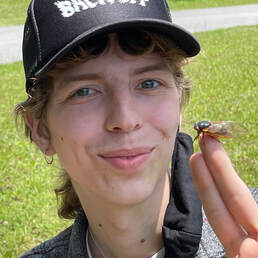 Please join us in welcoming Alex LoCastro as the new Georgia Audubon Conservation Program Coordinator. In this role, Alex will oversee Georgia Audubon's Wildlife Sanctuary Program and will help us roll this popular program out across the state. Alex LoCastro is an environmental educator, entomologist, and artist from Orlando, Florida. Before joining Georgia Audubon, she worked as an Interpretive Ranger at the Fernbank Museum of Natural History, leading educational programs and engaging in habitat restoration in the largest urban old-growth forest in the Piedmont region. Alex is most passionate about insects and the many vital roles they play in our environment, including keeping our native birds fed and pollinating our beautiful native flora. She is looking forward to helping Georgia Audubon in our mission to expand the Wildlife Sanctuary program and get more native plants into peoples’ yards. 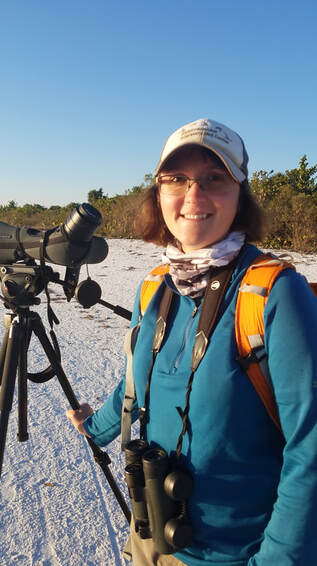 Please join us in welcoming Kim Savides as Georgia Audubon's new Sea Grant Fellow. The position is the culmination of a partnership between Georgia Audubon, the Jekyll Island Authority, and the Georgia Sea Grant. Headquartered on Jekyll Island, Kim will build upon the work of of Sergio Sabat-Bonilla, our 2020-2021 Fellow, to further develop programs that engage and activate local communities, specifically the BIPOC communities of Glynn and McIntosh Counties, and develop a replicable, inclusive community strategy that brings conservation, birdwatching, and community science to the public. She will also participate in bird monitoring activities, including habitat monitoring, bird banding, and other field work. Kim Savides is a field ornithologist and a Master’s student at Utah State University. She began her avian career as a field technician during her undergraduate degree and has moved around the country studying birds and their migrations, working with such species as the Black-throated Blue Warbler, Black Rosy-finch, and Lazuli Bunting, as well as at several bird banding stations. Her research has focused on combining information from new tracking technologies with more traditional survey methods to produce better and more complete views of birds’ full life histories. In her work, Kim has mentored budding ornithologists in the field and shared her passion for birds with the public through stewardship, education, and public engagement. She is looking forward to helping Georgia Audubon in continuing to develop our Coastal Program through new research, partnership, and outreach opportunities. |
AuthorBirds Georgia is building places where birds and people thrive. Archives
July 2024
Categories |

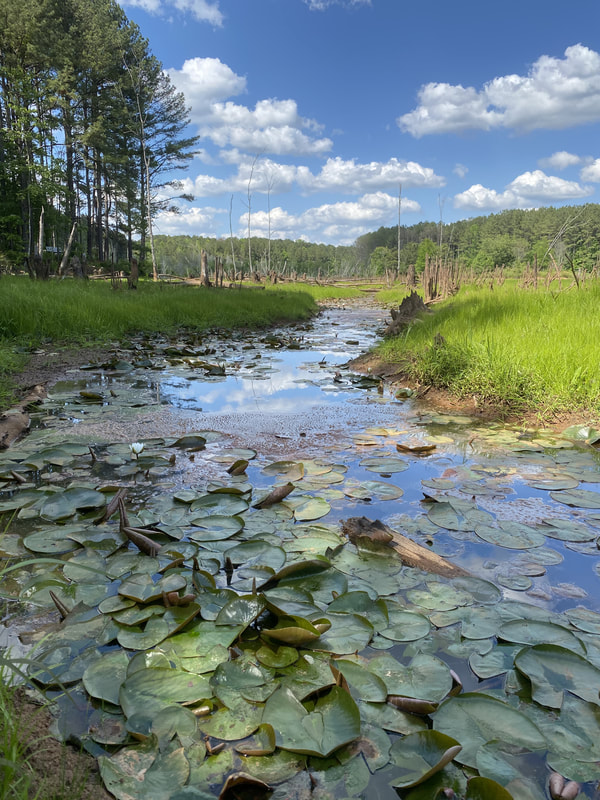
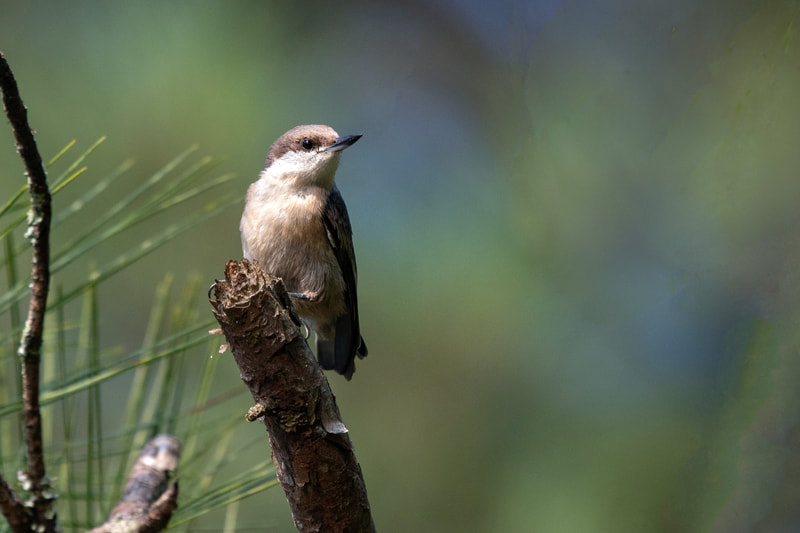

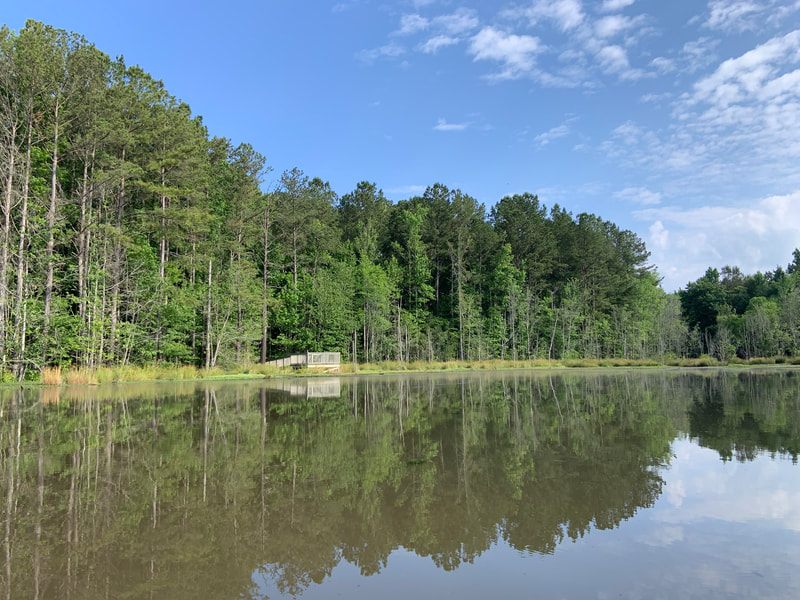
 RSS Feed
RSS Feed

